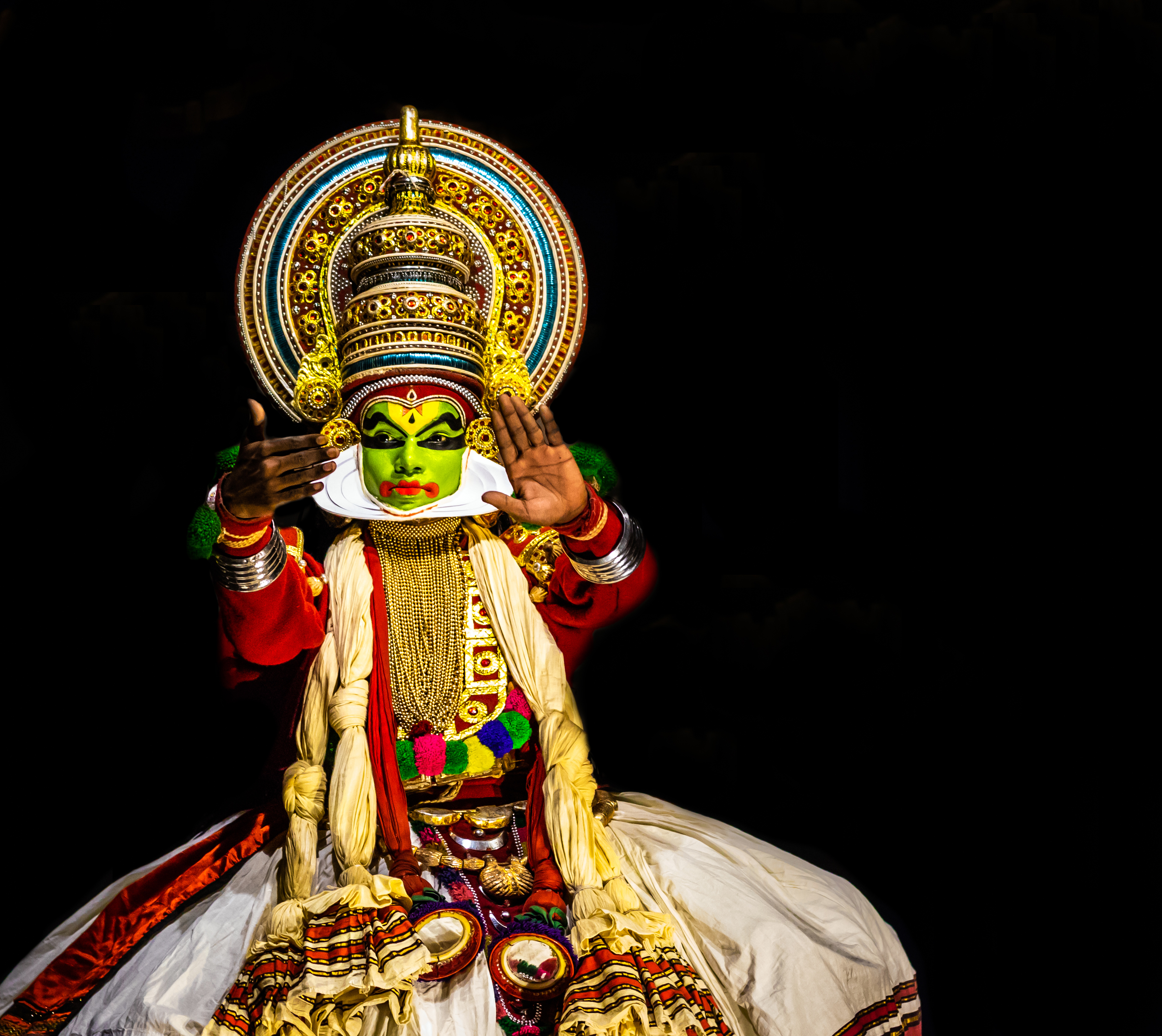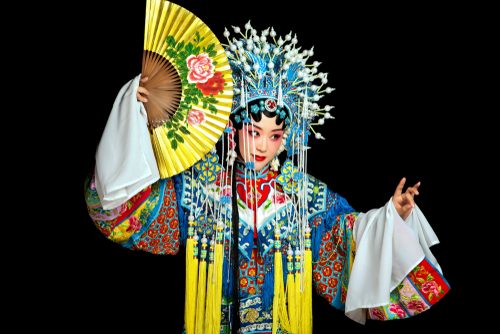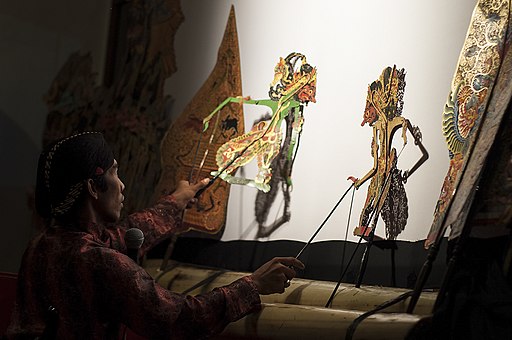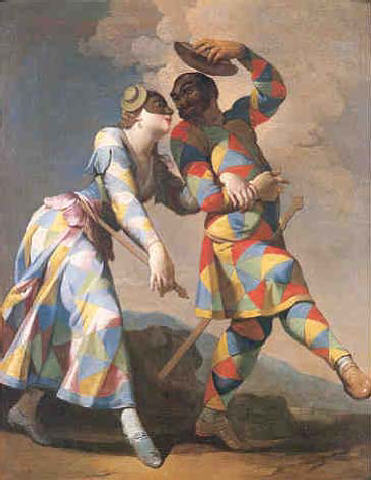Beyond Broadway: Explore the Rich Tapestry of World Theatre
Alexandra Appleton | Last updated: April 22, 2025
When people think of theatre, their minds often jump to the glittering lights of Broadway or the star-studded productions of London’s West End. But while these stages shine brightly in the global spotlight, they’re just a small piece of the vast and diverse world of theatre. Beyond Broadway lies a colorful, textured landscape of performance traditions that span continents, cultures, and centuries. From the rhythmic stomps of Japanese Noh to the spectacular puppetry of Indonesian Wayang, world theatre is a living mosaic of storytelling.
Let’s step off the Great White Way and explore some of the rich traditions that continue to shape the global stage.
1. Japanese Noh and Kabuki: Precision Meets Pageantry
Japan is home to some of the oldest continuous theatre traditions in the world. Noh, which dates back to the 14th century, is a highly stylized form of theatre that combines music, dance, and drama. Think of it as minimalism perfected—every movement is slow, deliberate, and deeply symbolic. Performers wear masks to portray different archetypes such as gods, demons, or spirits, and the stories often draw from ancient myths and literature.

A Noh performance on a stage in Sado, Japan. [By Yoshiyuki Ito. CC BY-SA 3.0, via Wikimedia Commons]
One classic Noh play is Atsumori, which tells the story of a young warrior killed in battle and the spiritual reckoning that follows. The emotional intensity lies not in bombastic delivery but in the subtle tension of stillness and silence—a stark contrast to Broadway belting.
On the flip side, Kabuki is all about the drama and the dazzle. Originating in the early 17th century, Kabuki features elaborate costumes, exaggerated movements, and bold makeup. The “mie,” or dramatic pose struck mid-performance, is iconic. Plays like Chūshingura (The Treasury of Loyal Retainers) showcase themes of loyalty and revenge, often through thrilling sword fights and theatrical flourishes that would make even the most seasoned Broadway choreographer blush.
2. Indian Sanskrit Drama and Kathakali: Where Gods Take the Stage
In ancient India, Sanskrit drama flourished as early as the 2nd century BCE. These plays were more than entertainment—they were spiritual experiences. Writers like Kalidasa, often dubbed the Shakespeare of India, crafted poetic masterpieces like Shakuntala, a tale of love, separation, and cosmic fate. These plays featured refined language, stylized hand gestures (known as mudras), and a focus on moral and philosophical ideas.
Fast forward to the state of Kerala, and you'll encounter Kathakali, a form of classical dance-drama that turns performers into living gods. With painted faces, ornate costumes, and hours-long performances, Kathakali is a full-body experience. A Kathakali performance of Mahabharata might include battle scenes, divine interventions, and intense facial expressions that take years of training to master. The actors don’t speak—instead, they "speak" through intricate hand movements and eye choreography that’s almost hypnotic.

explorewithinfo/Shutterstock.com
3. Chinese Opera: A Sensory Spectacle
Chinese opera is not a single tradition but a constellation of regional forms, with Beijing Opera (Peking Opera) being the most internationally known. This vibrant form of theatre incorporates music, dance, acrobatics, and martial arts. The makeup is as symbolic as the characters themselves—red signifies loyalty, white treachery, and black integrity.
A famous Beijing Opera piece is Farewell My Concubine, a tragic love story of General Xiang Yu and his beloved concubine Yu. This story has inspired countless adaptations, including the critically acclaimed 1993 film of the same name. Performers in this tradition are vocal powerhouses and physical athletes, often training from childhood to master its demands.

Jenson/Shutterstock.com
4. Indonesian Wayang: Shadows with Soul
From the islands of Indonesia comes Wayang Kulit, a shadow puppet theatre that blends storytelling, music, and intricate craftsmanship. Puppeteers known as dalangs manipulate flat leather puppets behind a white screen, lit from behind by an oil lamp or electric bulb. The result is a hypnotic play of shadows that bring ancient epics like the Ramayana and Mahabharata to life.
What makes Wayang Kulit so unique is its flexibility. Dalangs often improvise, infusing performances with political satire, local humor, and spiritual wisdom. It’s theatre as ritual, entertainment, and social commentary all in one. The combination of gamelan music, expressive voices, and the flickering dance of shadow creates an otherworldly experience unlike anything on a Western stage.

A dalang (puppet master) depicting a fight in a wayang kulit performance [By PL 05 SIGIT CC BY-SA 4.0, via Wikimedia Commons]
5. African Theatre: Ritual, Rhythm, and Resistance
Theatre in Africa is as diverse as the continent itself, often blending ritual, music, dance, and oral storytelling. In many cultures, performance is a communal act that serves both social and spiritual functions.
For example, storytelling is at the root of Ghanaian theatre. Traditionally, storytellers were known as griots and their job was to entertain the villagers following a day’s work with stories of folklore and local history. Anansi is the trickster character in Ghanaian storytelling and usually appears in the form of a spider. Tales about him originated in the folklore of the Akan people and he is famous throughout Ghana. One of Ghana’s most popular twentieth-century playwrights, Efua T. Sutherland, frequently used tales of the cunning trickster in her experimental dramas.
In Nigeria, the works of playwright Wole Soyinka, the first African Nobel laureate in Literature, fuse traditional Yoruba performance styles with Western dramaturgy. His play Death and the King’s Horseman is a gripping exploration of colonialism, duty, and cultural clash, rooted deeply in Yoruba cosmology and ritual.

1986 Nobel Prize winner in Literature Wole Soyinka during a lecture at Stockholm Public Library on October 4, 2018. [Frankie Fouganthin, CC BY-SA 4.0 via Wikimedia Commons]
Elsewhere, in South Africa, theatre has been a vital tool of resistance. During apartheid, groups like the Market Theatre staged politically charged plays such as Athol Fugard’s Sizwe Banzi is Dead, which spotlighted the human toll of racial segregation through innovative and emotionally raw performances.
7. Indigenous Theatre of Canada: Reclaiming Story and Spirit
In Canada, First Nations, Métis, and Inuit theatre has emerged as a powerful form of cultural expression and reclamation. Rooted in oral traditions, ceremony, and connection to the land, Indigenous theatre challenges colonial narratives while celebrating Indigenous identity, resilience, and storytelling.
Companies like Native Earth Performing Arts, Canada’s oldest professional Indigenous theatre company, have been instrumental in bringing Indigenous voices to the stage. Playwrights such as Tomson Highway (The Rez Sisters, Dry Lips Oughta Move to Kapuskasing) and Daniel David Moses (Coyote City, Big Buck City) blend Indigenous languages, humor, mythology, and political critique in works that are both deeply personal and universally resonant.
These performances often blur the lines between ceremony and theatre, incorporating drumming, traditional song, and communal storytelling. It’s a theatre that speaks from the land and to the spirit—an invitation to witness stories that have endured for generations and continue to evolve with urgency and beauty.
6. Commedia dell'arte: Italy’s Gift of Laughter
Traveling troupes of masked actors, improvised dialogue, and stock characters—Commedia dell'arte was the 16th-century Italian answer to sketch comedy. These performances took place in town squares and drew huge crowds. Characters like Arlecchino (Harlequin), Pantalone, and Colombina became iconic, influencing everything from Shakespeare’s clowns to modern sitcoms.

Harlequin and Colombina. Painting by Giovanni Domenico Ferretti [PD-US].
Though the scripts were minimal, the physical comedy was maximum. Acrobatics, slapstick, and witty repartee made Commedia endlessly adaptable—and endlessly funny. Today, the tradition lives on in street theatre, clowning, and even characters in shows like The Office and Brooklyn Nine-Nine. And let's not forget that the hugely popular play One Man, Two Guvnors was adapted from the eighteenth-century Italian comedy, Il Servitore di Due Padroni (Servant of Two Masters) by Carlo Goldoni. Check out this clip of James Corden's Tony Award-winning performance and a masterclass in slapstick!
Why It Matters
World theatre isn’t just about different costumes or unfamiliar languages—it’s a testament to humanity’s shared impulse to tell stories. Whether it’s a Kathakali dancer embodying a god, or a Wayang puppet flickering against a screen, each tradition brings its own rhythms, aesthetics, and philosophies to the global conversation.
For theatre lovers, exploring world theatre means expanding your imagination and deepening your appreciation for the craft. It also means recognizing that Broadway—however dazzling—is just one thread in a far richer tapestry.
So next time you’re looking for a night of theatre, consider going global. Watch a livestream of a Beijing Opera, seek out a local troupe experimenting with African storytelling forms, or dive into a Noh performance on YouTube. Beyond Broadway lies a world of theatrical wonder, waiting just behind the curtain. World theatre: the world really is your oyster (thanks Shakespeare)!
Last Updated: April 22, 2025

Alexandra Appleton
Writer, editor and theatre researcher